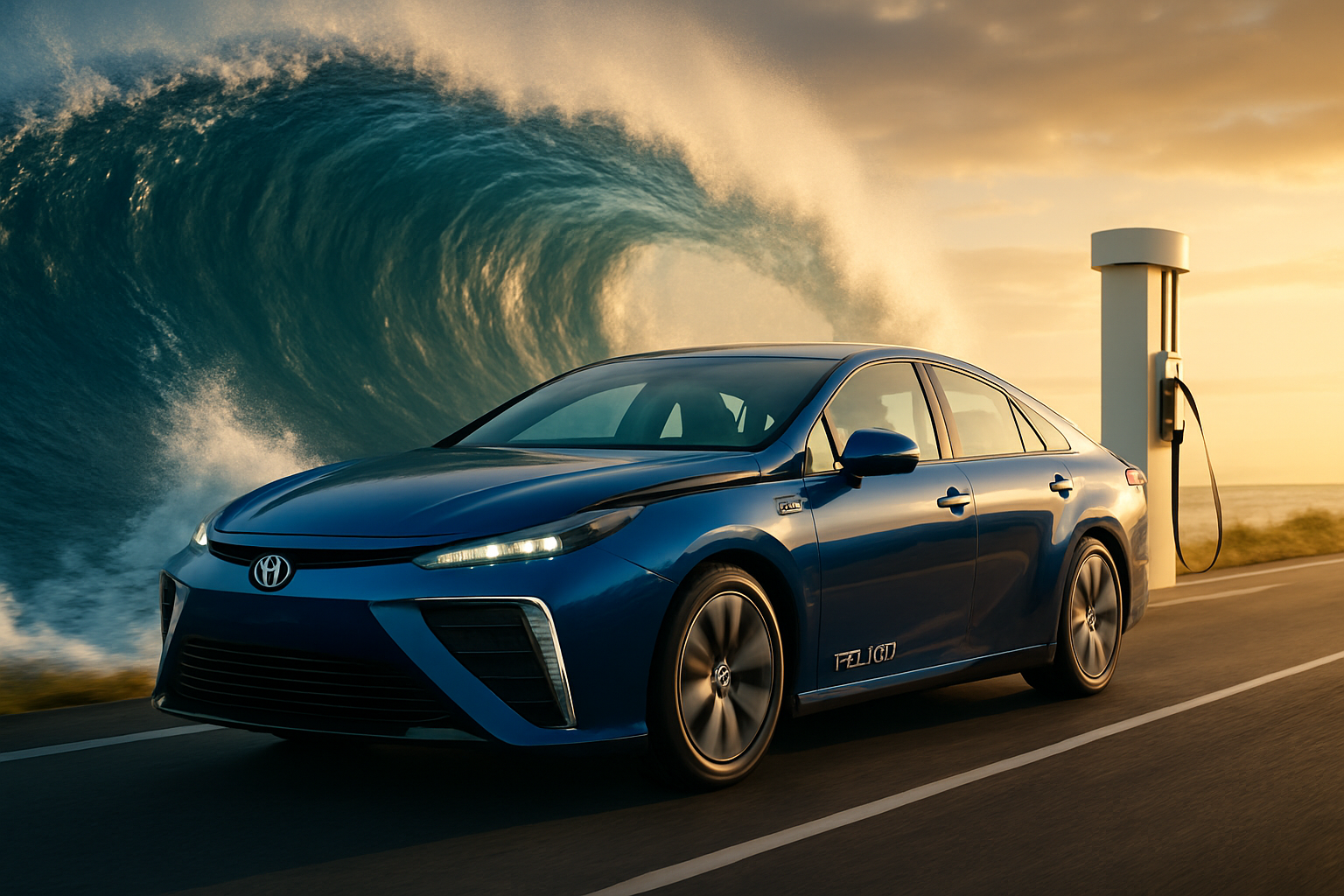Hydrogen Fuel Cell Vehicles: The Next Frontier in Clean Transportation
Driving into a world of zero-emission mobility, hydrogen fuel cell vehicles are quietly revolutionizing the automotive landscape. These cutting-edge machines harness the power of the most abundant element in the universe to propel us forward, leaving nothing but water vapor in their wake. As we stand on the cusp of a major shift in transportation technology, let's dive deep into the world of hydrogen fuel cell vehicles and explore how they might reshape our roads and our relationship with personal mobility.

Infrastructure Challenges and Solutions
One of the primary hurdles facing widespread adoption of hydrogen fuel cell vehicles is the lack of refueling infrastructure. Unlike traditional gasoline stations, hydrogen fueling stations are still relatively scarce. However, several countries and companies are making significant strides in expanding the hydrogen refueling network. Japan, for instance, has committed to building hundreds of hydrogen stations by 2025. In California, partnerships between automakers and energy companies are driving the growth of hydrogen infrastructure. Novel solutions are also emerging, such as mobile hydrogen refueling trucks and home hydrogen production units, which could potentially allow drivers to refuel their vehicles overnight using renewable energy sources.
Performance and Range Advantages
Hydrogen fuel cell vehicles offer several advantages over traditional internal combustion engines and even battery electric vehicles. First and foremost is their impressive range. Many hydrogen-powered cars can travel over 300 miles on a single tank, rivaling the distance of conventional gasoline vehicles. Refueling is also remarkably quick, typically taking only 3-5 minutes—a significant advantage over the longer charging times required for battery electric vehicles. In terms of performance, hydrogen fuel cell vehicles deliver smooth, quiet operation with instant torque, providing a driving experience that is both refined and exhilarating. The technology also scales well, making it suitable for everything from compact cars to long-haul trucks and buses.
Environmental Impact and Sustainability
While hydrogen fuel cell vehicles themselves produce zero emissions, the environmental impact of hydrogen production is a crucial consideration. Currently, most hydrogen is produced through steam methane reforming, a process that relies on natural gas and produces carbon dioxide as a byproduct. However, there’s growing interest in “green hydrogen” produced through electrolysis powered by renewable energy sources like solar and wind. This approach could create a truly zero-emission transportation solution from well to wheel. Additionally, hydrogen fuel cells have the potential to act as energy storage systems, helping to balance the intermittent nature of renewable energy sources and providing grid stability.
The Role of Hydrogen in Future Transportation Ecosystems
As we look to the future of transportation, it’s becoming clear that no single technology will dominate. Instead, we’re likely to see a diverse ecosystem of vehicle types tailored to different use cases. Hydrogen fuel cell vehicles are particularly well-suited for long-distance travel, heavy-duty applications, and scenarios where quick refueling is essential. They complement battery electric vehicles, which excel in urban environments and for shorter trips. The synergy between these technologies could lead to a more resilient and flexible transportation system. Moreover, the potential for hydrogen to be produced using excess renewable energy during off-peak hours presents an intriguing possibility for energy sector integration, potentially revolutionizing how we think about fuel production and distribution.
Technological Advancements and Cost Reduction
As with any emerging technology, the cost of hydrogen fuel cell systems has been a significant barrier to widespread adoption. However, ongoing research and development efforts are driving rapid improvements in fuel cell efficiency and durability while simultaneously reducing production costs. Innovations in catalyst materials, such as replacing expensive platinum with more abundant elements, are helping to drive down costs. Advanced manufacturing techniques, including 3D printing of fuel cell components, are also contributing to more efficient and cost-effective production. As economies of scale come into play with increased production volumes, the cost of hydrogen fuel cell vehicles is expected to decrease significantly, making them more competitive with conventional vehicles.
Global Initiatives and Market Outlook
Governments and industries worldwide are recognizing the potential of hydrogen fuel cell technology. Japan has been a pioneer in this field, with its “Hydrogen Society” vision aiming to position the country as a global leader in hydrogen technology. The European Union has also set ambitious targets for hydrogen adoption, with plans to install at least 40 GW of renewable hydrogen electrolyzers by 2030. China, too, is making significant investments in hydrogen infrastructure and vehicle development. These global initiatives are creating a supportive environment for the growth of the hydrogen economy, with projections suggesting that hydrogen could meet up to 18% of global energy demand by 2050.
In conclusion, hydrogen fuel cell vehicles represent a promising pathway towards sustainable transportation. While challenges remain, particularly in terms of infrastructure development and green hydrogen production, the technology’s potential benefits in range, refueling speed, and scalability make it an important player in the future of mobility. As research continues and global initiatives gain momentum, we may soon see hydrogen-powered vehicles becoming an increasingly common sight on our roads, ushering in a new era of clean, efficient, and versatile transportation.





